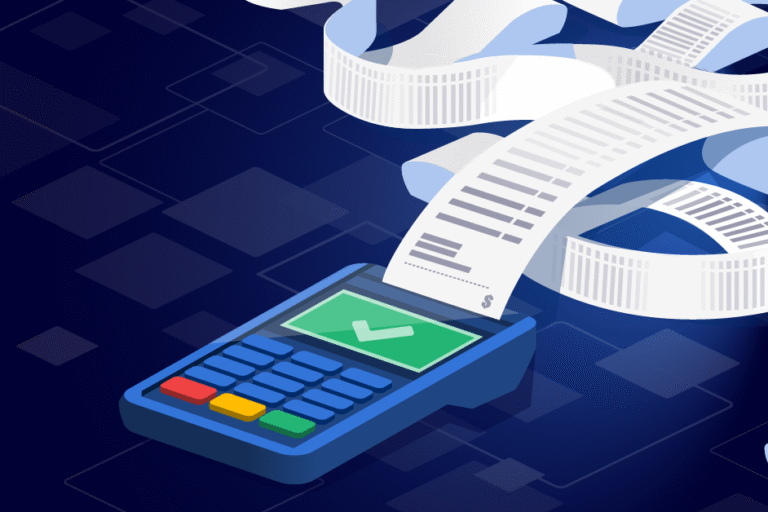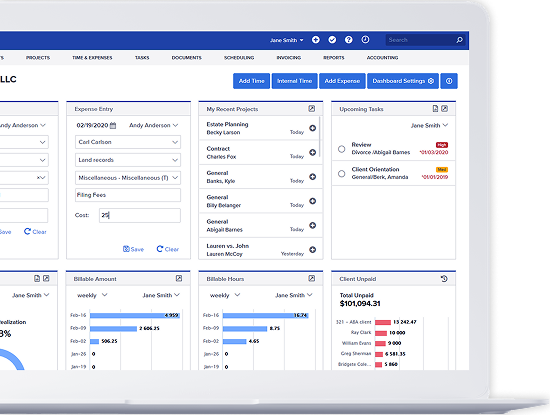
How Do Attorneys Bill Their Time? Making Every Hour Count
10/24/2025 By Clare Sheehan
From client meetings to courtroom prep, every minute holds value. But tracking, managing, and maximizing that time can feel like a full-time job in itself. Let’s take a closer look at how attorneys bill their time—and how attorney time and billing software helps make the process easier, more transparent, and more profitable. For more billing advice, check out Bill4Time’s attorney billing cheat sheet.
What are Billable Hours for Lawyers?
Billable hours are hours of work that can legitimately be charged to a client because they are directly tied to that client’s matter. Let’s break it down:
- If you’re researching a case, drafting documents, attending depositions, or advising a client, that’s all billable time.
- If you’re cleaning your desk, going to a firm retreat, or doing marketing outreach, those are typically non-billable (though still important).
Ensuring that every minute spent working is properly categorized matters because your revenue depends on how much billable time you capture and how little time goes unbilled. For example, if your firm bills in 6-minute increments and you skip an entry here and there, that quickly adds up. However, aside from categorization, a lot more goes into tracking billable time, especially at a busy practice. Every firm should be hyper aware of billable hours best practices, and ensure they have robust reporting systems and guidelines in place to ensure nothing slips through the cracks. Most attorneys bill clients based on the time spent working on the client’s matter—from research and drafting to phone calls and meetings. In many firms, this means logging time in discrete increments, assigning that time to a client/matter, applying an hourly rate and then converting that into a client invoice.

How Do Lawyers Track Billable Hours?
Tracking time well isn’t just a matter of habit, it’s a system. Here are some proven best practices that go beyond a simple time chart:
- Track in real-time: Logging as you go reduces the risk of forgetting tasks or under-reporting time.
- Use standardized activity codes: This helps keep entries organized and makes reporting simpler.
- Review your time regularly: A weekly check on your time entries ensures nothing falls through the cracks.
With Bill4Time, time-tracking is built into a seamless series of workflows: start a timer, log entries on the go, and tie everything directly to a client/matter. That means no more chasing down “What did I do at 10 a.m.?” or reconstructing the day at the end.
Do Lawyers Need a Billable Time Chart?
In short, no. A billable hours chart is a useful resource, but it doesn’t do much beyond serving as a quick reference. To make the most of your time and billing processes, you need a system to support every effort. Bill4Time, for example, handles calculation of increments behind the scenes, so you don’t have to pull out a conversion table or roll your own spreadsheet. The time entry is already properly converted and ready for invoicing—saving you time and reducing error.
Do all Lawyers Use the Billable Hour System?
Not every attorney bills the same way. Hourly billing is still very widespread, especially in litigation and large law firms. But many firms are expanding beyond traditional hourly billing. Hybrid models that blend flat fees, subscriptions, and hourly rates are becoming the norm—offering clients predictability and firms flexibility. If you want to learn more about leveraging hybrid billing models to boost firm profits check out our recent hybrid pricing guide. Why? Some clients prefer predictable pricing, and some types of matters lend themselves to fixed fees. Bill4Time supports all of these: whether your matter is billed hourly, flat fee, or subscription-based, the system can handle the variation. If you’re curious whether your billing framework still fits your goals, take the time to evaluate with our guide.
What is the Impact of Non-Billable Hours on a Lawyer’s Workload?
Non-billable hours—such as internal meetings, administrative tasks, business development, or training—don’t directly generate revenue. But they do represent a valuable chunk of how your time is spent. However, if you’re trying to hit a billable hour target and half your week is swallowed by inefficient non-billable work, your productivity and bottom line suffer. With Bill4Time’s reporting and analytics, you can clearly see your non-billable time and how it compares to your billable hours. That visibility allows your firm to improve processes, shift work across teams, or rethink targets. Ultimately, you want to maximize billable hours without neglecting the essential non-billable work.
Do Different Types of Law Practices Have Varying Billable Hour Expectations?
Billable hour expectations vary widely across practice areas, firm size, client type and business model:
- A major litigation firm may expect 1,800–2,300 billable hours per attorney annually.
- A boutique or solo practice might focus more on profitability per hour rather than sheer volume.
- Firms handling consumer-oriented matters may lean toward flat fee models rather than hourly billing at all.
It’s important for your billing system and process to adapt to these differences—because one size doesn’t fit all. Bill4Time is built to support firms across practice types: whether you’re a solo practitioner, a mid-sized firm, you’ll be able to track, bill and report in the way that fits you.
Make Every Minute Matter With Bill4Time
Billing accurately, efficiently, and transparently is a competitive advantage for any law firm. When you track time thoughtfully, capture all the billable work you do, and use resources that streamline the process, you free up more time to focus on clients and cases. If you’re ready to stop missing minutes, reduce billing friction, and build a clearer picture of your time investment, then it’s time to try Bill4Time. Start your free trial now and see how seamless billing and time tracking can be.



